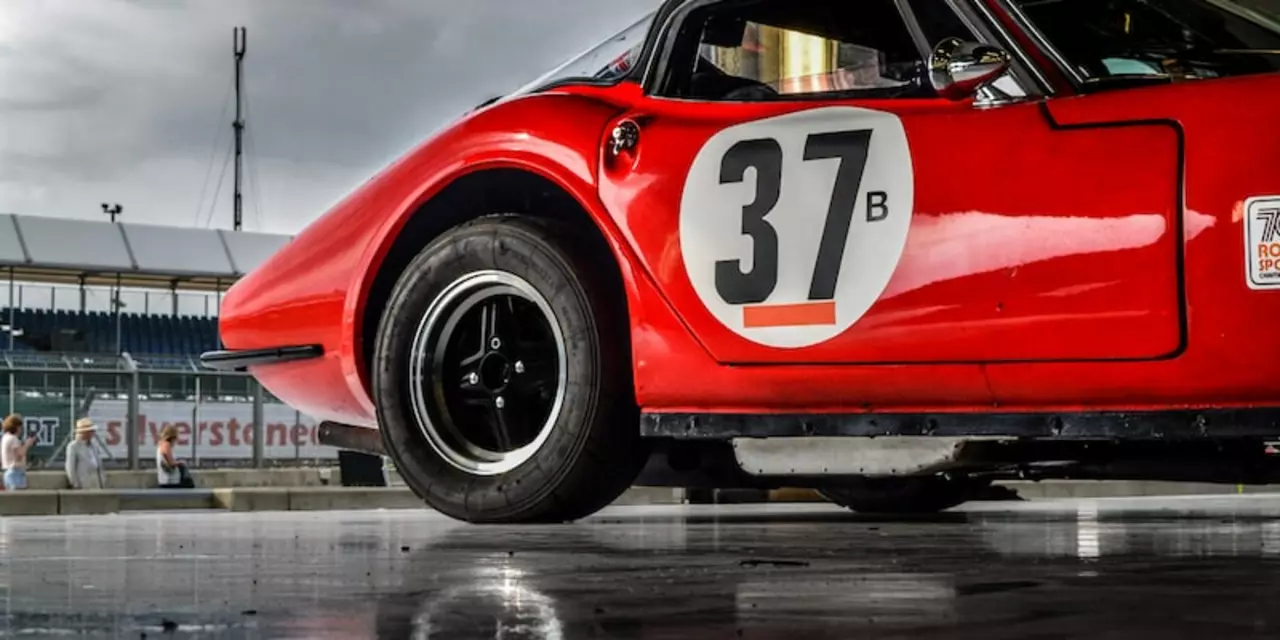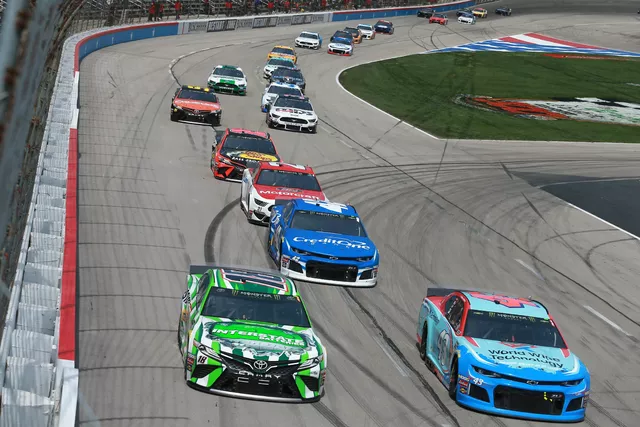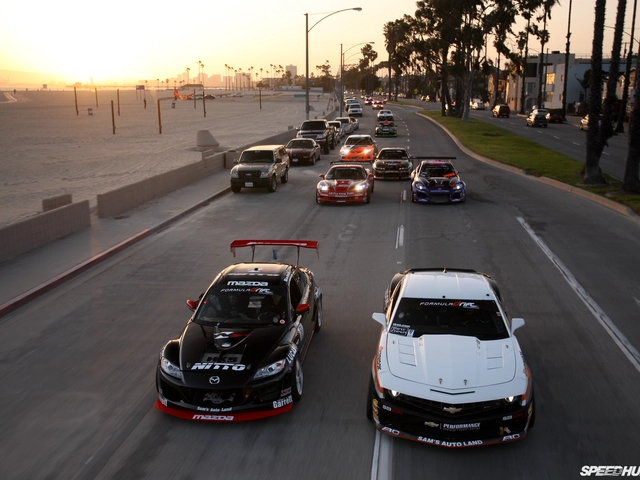Shoes for Motorsports: Choose the Right Pair for Speed and Safety
If you love racing, you know that every piece of gear matters – even the shoes on your feet. The right pair can boost your control, keep you comfy, and protect you when things get wild. Below we break down what makes a good motorsport shoe, how to pick the perfect fit, and a few favorite models that racers swear by.
What to Look for in Racing Shoes
First, think about grip. A shoe with a sticky sole helps you feel the pedals better, whether you’re on a MotoGP bike or a Formula 1 car. Look for rubber compounds designed for slick surfaces – they work like the tread on a tire, giving you confidence when you mash the gas.
Second, consider ankle support. Racing puts a lot of pressure on your feet, especially during hard braking. Boots with reinforced ankles keep your foot stable and reduce the risk of twists. If you’re on a bike, you’ll want a shoe that’s stiff enough to transfer power but still lets you move your ankle when you need to shift weight.
Third, think about weight. Heavy shoes can slow your reaction time. Modern racing shoes use lightweight synthetic uppers and foam midsoles to keep you nimble. The lighter the shoe, the quicker you can flick the shift lever or push the brake.
Popular Choices for Different Disciplines
For car racers, many prefer a short‑boot style that covers the ankle but stays low enough for easy pedal feel. Brands like Alpinestars and Sparco offer boots with carbon‑fiber soles and breathable mesh uppers – perfect for long stints on the track.
Bikers often go for a sneaker‑like shoe with a stiff sole and a snug fit. A classic example is the SIDI Track shoe, which combines a leather upper with a carbon‑fiber insert for maximum power transfer. If you ride a superbike, look for a shoe with a reinforced toe box to protect against impacts.
Cross‑discipline fans can pick a versatile shoe that works on both a kart and a road bike. Look for models that have removable insoles – you can swap in a cushier insole for casual rides or a firm racing insole for competition.
Finally, don’t forget about break‑in time. Even the best shoe needs a few rides to mold to your foot. Start with short sessions, check for hot spots, and adjust straps or laces as needed. A shoe that feels right from day one is rare, but a little break‑in can make a huge difference in comfort and control.
Bottom line: the right shoes are a tiny but powerful piece of your racing puzzle. Focus on grip, ankle support, and weight, then test a few top picks to see what fits your style. With the proper footwear, you’ll feel more connected to your machine and ready to hit the apex with confidence.

Racing shoes are designed to be lightweight, breathable, and provide support and cushioning for running. While they may not be essential for the average runner, they can provide advantages for competitive athletes. Studies have found that racing shoes can improve running economy, reduce fatigue, and increase the speed of the runner over a given distance. Furthermore, using racing shoes can increase performance even in non-competitive races. Although they may be expensive and not suited for everyday running, racing shoes can be useful for competitive runners looking to gain an edge.
Maverick Kincaid Feb 16, 2023



